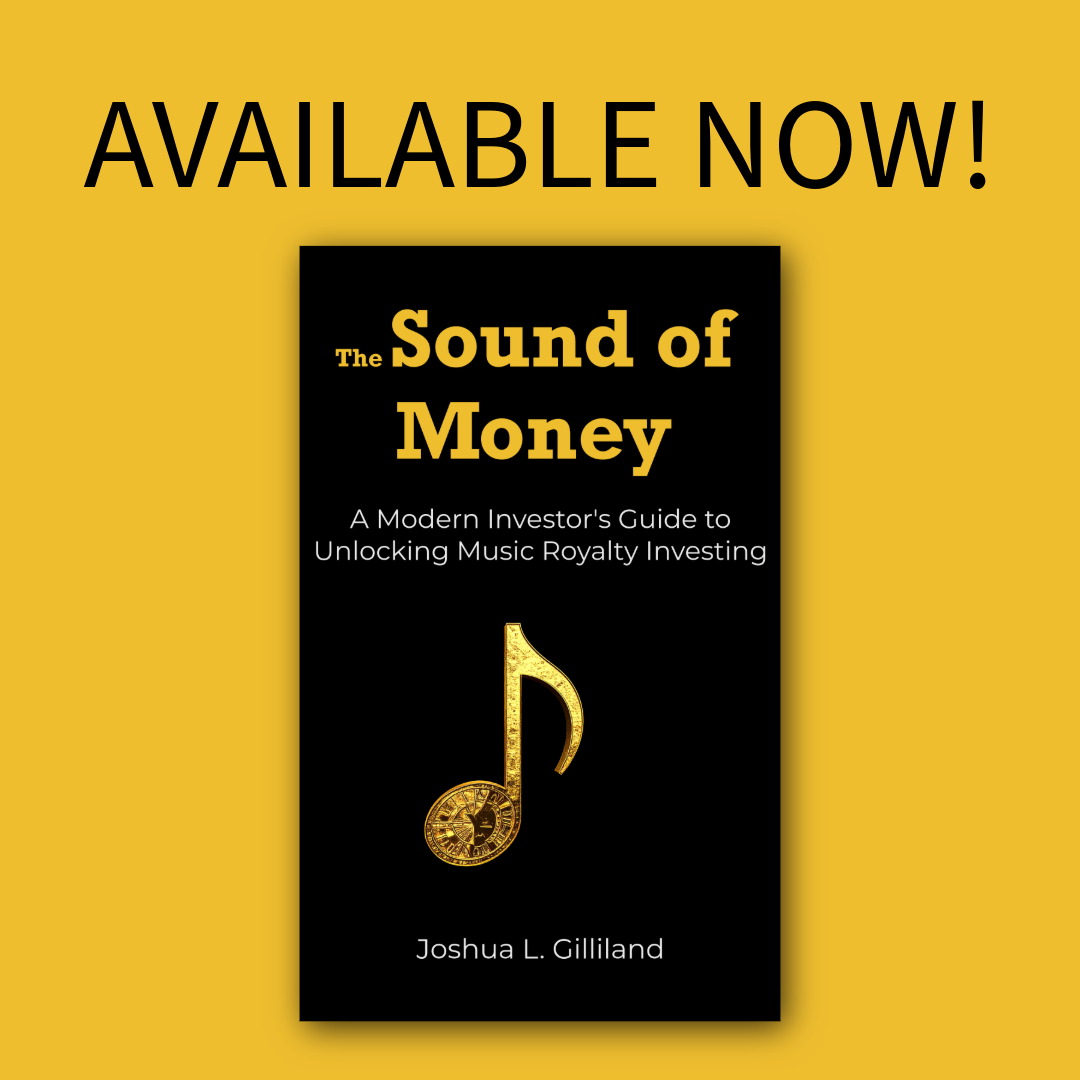Investment Thesis: Analyzing a YoungBoy Never Broke Again Catalog
This analysis is for educational purposes only, based on publicly available data as of early July 2025, and does not constitute financial advice. All investment decisions should be made with the help of a qualified professional.
A catalog of songs from streaming superstar YoungBoy Never Broke Again is for sale on Royalty Exchange. It earned $11,183 in the last year and is listed at $65,000. On the surface, it seems like a can't-miss opportunity. But is this a smart investment or a "falling knife"? Let's apply a disciplined framework to find out.
Section 1: The Asset at a Glance
First, let's look at the high-level data for Royalty Exchange Listing #6224.
Asset: Songwriter's share of public performance royalties for 38 tracks featuring YoungBoy Never Broke Again.
LTM (Last 12 Months) Earnings: $11,183
3-Year Average Earnings: $17,438
Dollar Age: 4.51 Years
Term: Life of Rights
Rights Type: Songwriter's share of public performance royalties (BMI).
Section 2: The Analysis - A Three-Step Framework
Step 1: Analyze the Earnings Trend
The most critical factor for any valuation is the earnings trend. A look at the annual earnings tells a clear story: a decline from $23,599 in 2022 to $11,183 in the last 12 months. This is a classic "falling knife" pattern, indicating the catalog is in a steep decay phase. However, a key mitigating factor is its diversification; the summary notes that 41% of recent income came from tracks outside the top five earners, which could help slow future decay.
Step 2: Understand the Decay Curve with Dollar Age T
he Dollar Age of 4.51 years confirms what the trend shows: this is a relatively young catalog still on the steepest part of its decay curve. An investor cannot assume the current LTM is a stable baseline for future earnings. Any sound financial model must apply an aggressive decay rate assumption for the next few years.
Step 3: Look for a "Moat"
The primary moat is the artist himself. YoungBoy Never Broke Again is a streaming giant with a massive, loyal, and incredibly active fanbase. His prolific output means his brand is constantly relevant, which could provide a "safety net" that slows the decay of these older tracks more than a typical artist's. The second moat is the internal diversification across 38 tracks.
Section 3: The Investment Thesis
The Strengths:
Features a superstar artist with a powerful, durable brand.
Strong internal diversification across 38 tracks.
Life of Rights term provides long-term potential if the earnings eventually stabilize.
The Primary Risk: A Clear 'Falling Knife' Decay
The overwhelming risk is the steep, consistent, multi-year decline in earnings, which has seen the catalog lose over 50% of its earning power in two years.
The seller's list price of $65,000 (a 5.81x multiple of LTM) appears high for an asset in this phase, a sentiment supported by the public offer history where multiple buyers have bid lower.
Conclusion
A disciplined framework allows an investor to see past the allure of a superstar name and analyze the asset's true financial character. While the artist's brand is a strength, the clear downward trend in earnings presents a significant risk that must be the primary consideration in any valuation. The key to a successful investment here is acquiring the asset at a price that fully accounts for that future decay, a valuation process we detail extensively in The Sound of Money.

